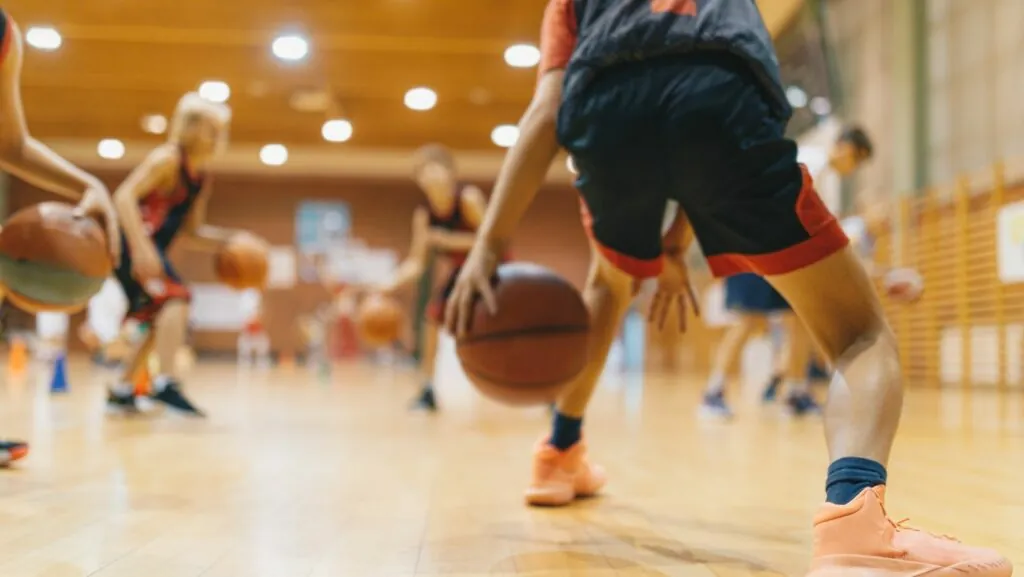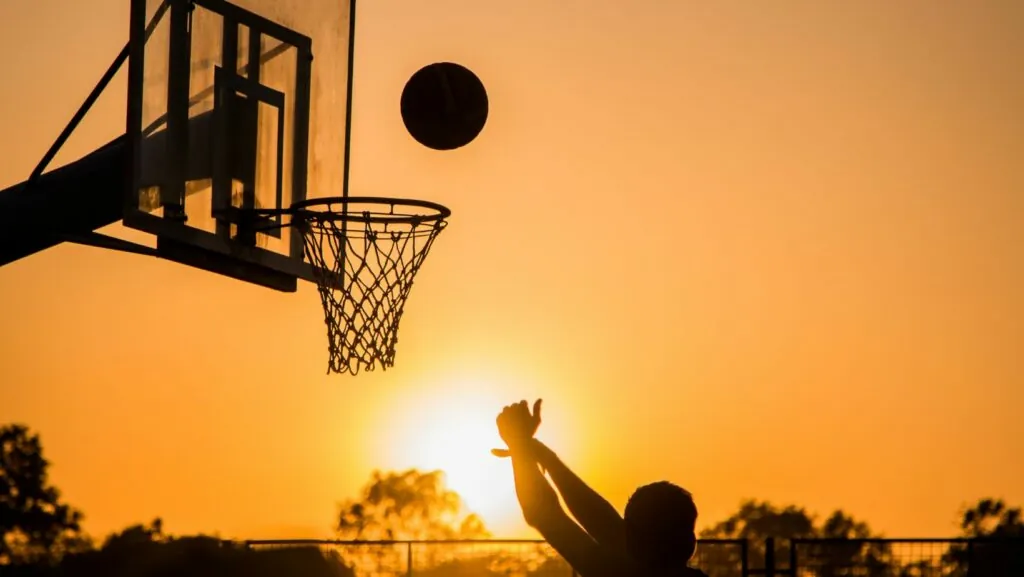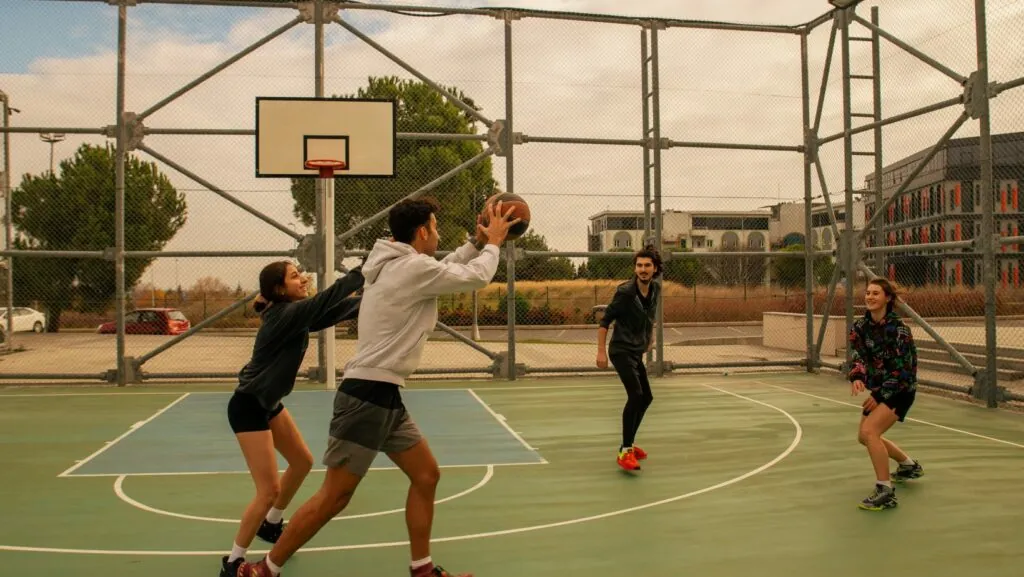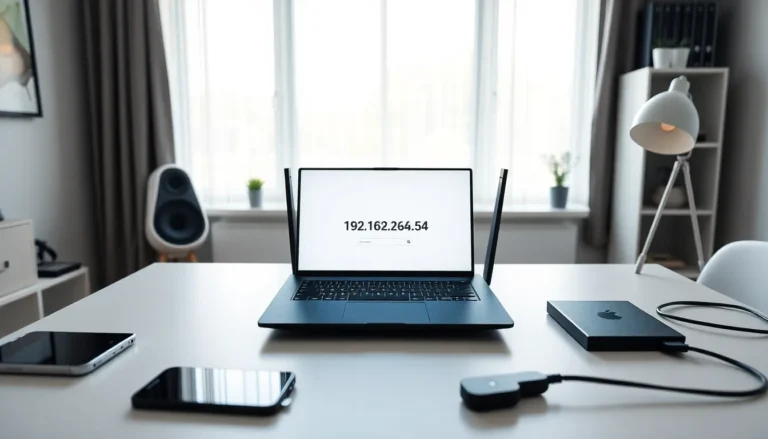Table of Contents
ToggleBasketball has long been celebrated for its intensity, energy, and the unmistakable rhythm of dribbling echoing across courts. Yet, as the game evolves, so do training methods. One innovation that has quietly gained attention among players, coaches, and fitness enthusiasts is the silent basketball. Unlike traditional basketballs, silent basketballs drastically reduce the noise produced while dribbling and passing, offering unique advantages for skill development, indoor practice, and focused training. This article explores the concept, benefits, and practical ways to incorporate a silent basketball into your training routine.
Understanding the Silent Basketball
A silent basketball is specifically designed to minimize the sound generated when the ball makes contact with the floor, walls, or hands. Typically constructed from softer composite materials, these basketballs absorb much of the impact noise without compromising bounce or grip quality. While they maintain the standard size and weight of a conventional basketball, their distinct texture allows players to dribble and shoot with significantly reduced auditory feedback.
Silent basketballs are not merely novelties; they serve as serious training tools. Manufacturers often emphasize durability and consistency in bounce, making them suitable for both casual practice and competitive skill development. Some models are even designed to mimic outdoor basketballs, allowing players to practice in apartment complexes, gyms, or shared spaces without disturbing neighbors.

The Benefits of Using a Silent Basketball
- Noise Reduction for Indoor Practice
One of the most obvious benefits of a silent basketball is its ability to reduce noise. For players living in apartments, dormitories, or shared houses, dribbling a standard basketball indoors can be disruptive and potentially prohibited. Silent basketballs allow athletes to practice layups, dribbling, and shooting indoors without drawing complaints or risking damage to flooring. This means more consistent practice, regardless of location or time constraints. - Improved Focus and Concentration
By removing the distracting sound of a bouncing basketball, silent basketballs encourage players to concentrate on technique, footwork, and form. Many athletes rely heavily on auditory feedback, and constant bouncing sounds can sometimes mask subtle mistakes. Using a silent basketball forces players to pay closer attention to their movements, hand positioning, and timing, promoting greater body awareness and precision. - Enhanced Ball Control Skills
Because silent basketballs have a slightly different bounce and tactile feedback compared to standard basketballs, practicing with them can improve ball control and hand dexterity. Players must adjust their dribbling force and grip, which strengthens muscles in the hands, fingers, and forearms. This heightened control translates well when switching back to a regular basketball, resulting in more refined handling skills and improved agility. - Versatility in Training
Silent basketballs are ideal for a variety of training exercises. From dribbling drills to passing exercises and shooting practice, they provide flexibility in environments where traditional basketballs may be impractical. Some athletes even incorporate silent basketballs into off-season strength and conditioning routines, using them for resistance drills or close-quarters ball handling without worrying about space or noise limitations.
Techniques for Practicing with a Silent Basketball
To maximize the benefits of a silent basketball, athletes can incorporate specific drills and methods into their routines:
- Silent Dribbling Drill
Focus on keeping the ball as quiet as possible while dribbling in place. Start with a low bounce and gradually increase the intensity while maintaining control. This exercise improves finger strength, hand-eye coordination, and precise control, essential for game situations where quick reactions are crucial. - Cone or Obstacle Dribbling
Set up cones or markers to simulate defenders and practice weaving through them with the silent basketball. The reduced bounce noise allows players to concentrate on footwork, body positioning, and pivoting techniques without distraction. Over time, this enhances agility and responsiveness. - Wall Passing and Rebounds
Use a silent basketball to practice passing against a wall or rebounding without worrying about excessive noise. This drill helps improve passing accuracy, timing, and hand coordination, particularly in tight indoor spaces. - Transition to Standard Basketball
After practicing with a silent basketball, transitioning to a standard basketball may feel louder and slightly faster due to differences in bounce and sound. This adaptation period is beneficial, as it trains athletes to maintain control in diverse environments and prepares them for real-game conditions.
Considerations When Using a Silent Basketball
While silent basketballs offer numerous advantages, there are a few considerations to keep in mind:
- Bounce Differences: Because of their material composition, silent basketballs may have a slightly different bounce compared to traditional basketballs. Players should not rely solely on them for practicing game-specific timing and shooting.
- Surface Compatibility: Silent basketballs are best used on indoor hardwood or carpeted surfaces. Using them outdoors on rough concrete may cause premature wear.
- Shooting Practice: Some silent basketballs may feel lighter or softer, slightly affecting shooting mechanics. To maintain consistency, it’s recommended to alternate between silent and standard basketballs during shooting drills.
Silent basketballs represent a valuable tool for modern basketball training. By enabling quiet, controlled practice, they allow athletes to refine dribbling, improve focus, and develop superior ball-handling skills without the constraints of space or noise. Whether for apartment living, late-night training sessions, or simply a fresh approach to skill development, integrating a silent basketball into your regimen can elevate your performance in subtle but meaningful ways.

As basketball continues to evolve, embracing innovations like the silent basketball demonstrates that success on the court is not only about athleticism but also about adapting smartly to training environments. For players seeking to optimize their practice, quiet intensity might just be the key to louder results on game day.




